Share the post "Here’s How Much Money People Spend on Vehicles: A Guide to Auto Spending Trends!"
Vehicle purchases reflect personal preferences and economic ability. We see car ownership as a rite of passage, a sign of freedom, and a necessity. With so many models and options, our car selections might be considered as extensions of our identities. The cost of owning an automobile includes financing, insurance, maintenance, and operating expenditures.
It’s remarkable how these expenditures match economic and technological advances. Vehicle technologies and eco-friendly autos have changed buying patterns. We pay different prices for rides depending on where we live. Our readiness to adapt to new technologies and environmental policies impacts the automobile economy.
- Average Vehicle Spending Trends
- Consumer Spending Patterns
- Vehicle Types and Costs
- Financing Vehicles
- Impact of Technology on Vehicle Prices
- Insurance and Vehicle Spending
- Maintenance and Operational Costs
- Influences of Geography on Vehicle Spending
- Market Trends and Future Projections
- Environmental Policies and Their Economic Impact
Key Takeaways
- Auto ownership requires major continuing financial investments.
- Technology and geography affect vehicle prices differently.
- Future market and environmental policies will change spending.
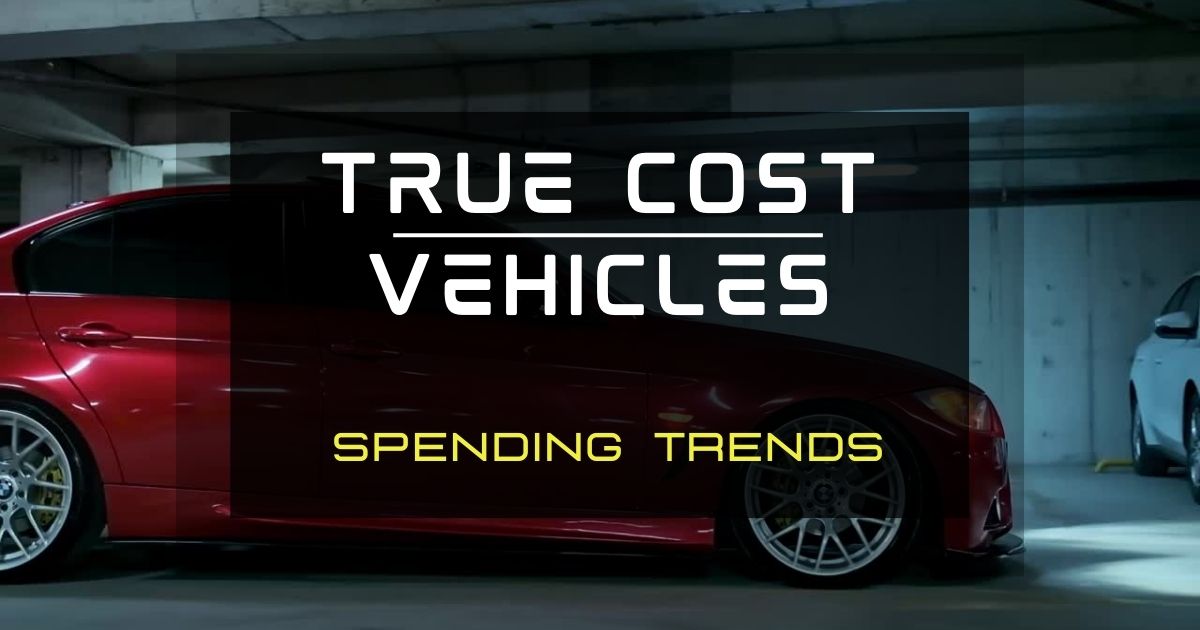
Average Vehicle Spending Trends
In this exhilarating dive into the numbers, we uncover how much we’ve been shelling out for our rides over the years and the changing patterns that emerge annually.
By Decade
During the previous decades, our splurge on vehicles has ridden quite the rollercoaster. In the 1990s, average spending was relatively modest, but by the 2000s, we saw a significant jump as the economy boomed and financing options widened. Fast forward to the 2010s, and we’re looking at a steady climb with the rise of luxury cars and technologically advanced vehicles.
- 1990s: A focus on functionality saw us spend less on average
- 2000s: Economic growth spiked spending, as we opted for more features
- 2010s: High-tech safety and entertainment features pushed the average even higher
Annual Analysis
Just last year, in 2023, the numbers were telling. We witnessed a slight dip in average vehicle spending compared to the year before. Forbes reported the average transaction price of a new vehicle in December 2023 was $48,759, revealing nuanced consumer behavior in a dynamic market. The year-over-year trends promise a fascinating commentary on our spending habits.
- 2022: The average new car price hovered around $50,000
- 2023: A subtle decrease to an average of $48,759
Tracking these trends, we’re on top of our financial game and ready to ride the wave into the future of automobile spending!
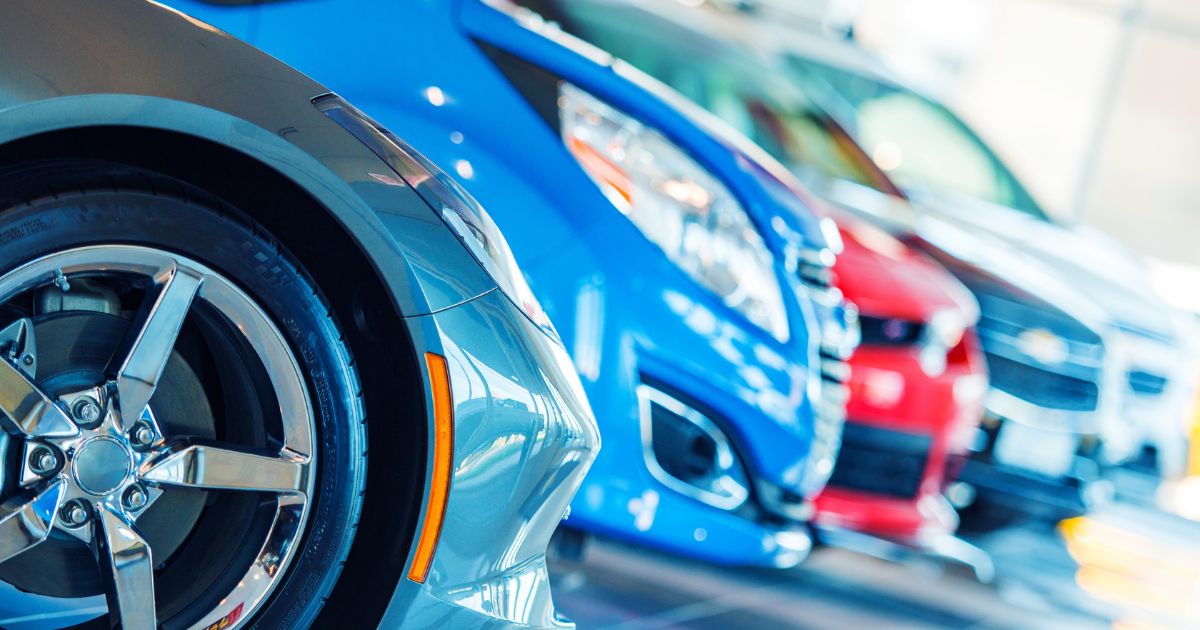
Consumer Spending Patterns
In our deep dive into automotive spending, we find some fascinating trends that showcase how vehicle expenses vary widely across different groups.
Demographic Breakdown
We’ve noticed that vehicle spending is not uniform across the board—it shifts dramatically with factors like age, location, and family size. Young adults tend to allocate a larger percentage of their income to vehicles, possibly due to starting fresh careers or creating new households. On the other hand, families might invest in larger, more reliable vehicles to accommodate additional passengers, impacting their spending patterns.
Income Level Correlations
When we look at income levels, it’s clear that they play a significant role in vehicle spending. Those in higher income brackets tend to spend more on vehicles, with annual average net outlays for vehicle purchases reaching impressive figures. Moreover, spending doesn’t just increase linearly with income; there’s a notable uptick in expenditures within the top earners. Budget-conscious consumers in the lower income brackets manage to keep vehicle expenses minimal, often focusing on practicality over luxury.
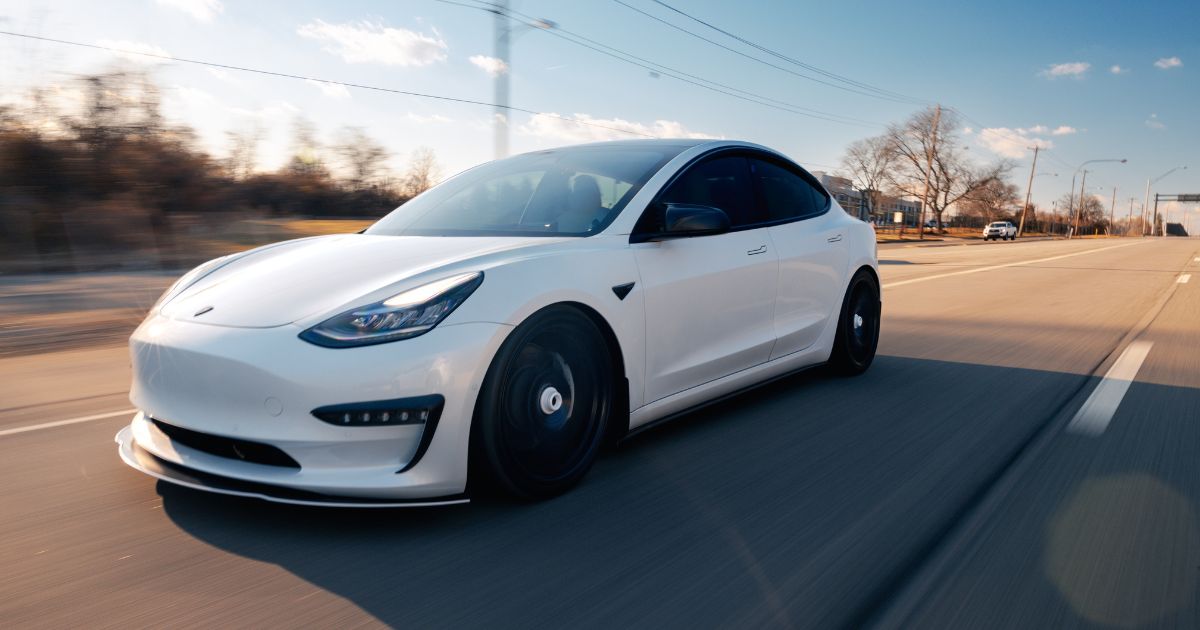
Vehicle Types and Costs
In our journey to understand the financials of vehicle ownership, we’ll dive into the differences in costs between new and used vehicles, the contrast in spending across cars, trucks, and SUVs, and the price considerations for electric and hybrid vehicles. These insights will empower us to make informed decisions on our next vehicle purchase.
New vs Used
When we consider buying a vehicle, the choice between new and used can significantly affect our wallets. New cars offer the latest features and full warranties, but they also come with a higher price tag and immediate depreciation. On average, a new car might cost over $30,000, while a used car could save us thousands, even though it might require more maintenance down the line.
Cars vs Trucks vs SUVs
Our preference may lean towards cars, trucks, or SUVs, and each choice impacts our budget. Cars are often more affordable and fuel-efficient, with options like the Ford Fiesta ranging from $14,260 to $21,340. Trucks provide utility and power for those of us who need to haul and tow, but can be pricier; some models start around $28,000. SUVs blend spaciousness and versatility, which makes them an alluring choice, but their costs vary widely, especially for larger models that can exceed $40,000.
Electric and Hybrid Vehicles
With the advent of electric and hybrid vehicles, we’re entering a new era of transportation that promises to be not only eco-friendly but also cost-effective in the long run. Initial purchase prices tend to be higher – expect to spend at least $30,000 for a new electric vehicle. However, considering the potential savings on fuel and lower maintenance costs, these innovative vehicles could prove to be a wise investment for our future.
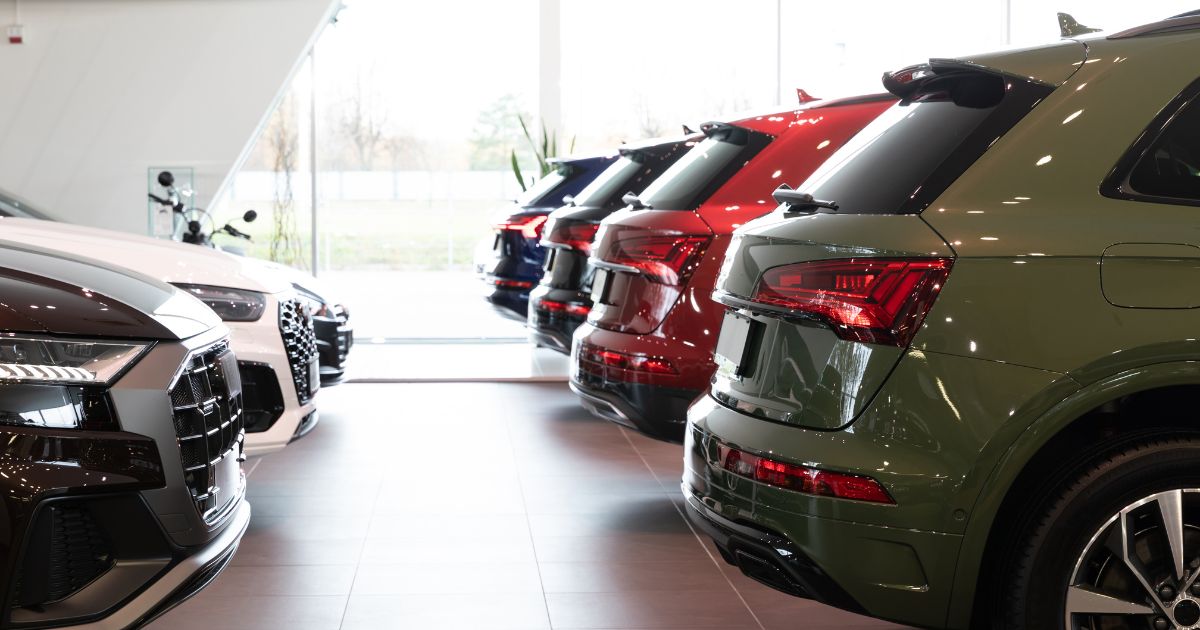
Financing Vehicles
When we think about purchasing vehicles, it’s crucial to consider how we’ll finance them. Let’s dive into the details of loan options, the differences between leasing and buying, and how interest rates impact our monthly payments.
Loan Options
We’ve got a variety of loan options to choose from when financing our vehicles. New vehicle loans can have an average monthly payment of $729, while used cars typically see an average payment around $528. It’s important for us to shop around and explore different lenders to find the best terms that align with our financial situation. Remember, the loan term and down payment will significantly affect our monthly costs.
Leasing vs Buying
Deciding whether to lease or buy is a big decision for us. Leasing often results in lower monthly payments and lets us drive a newer car every few years. On the flip side, buying a vehicle means it’s ours once the loan is paid off. While leasing can be more cost-effective in the short term, buying a vehicle is usually less expensive over the long haul if we’re considering the total cost of ownership.
Interest Rates Impact
The interest rate on our loan is a game-changer for the total amount we will end up paying for our vehicle. Lower interest rates mean lower monthly payments, but not all of us qualify for the best rates. General factors that affect our loan’s interest rate include our credit score, loan term, and the age of the vehicle.
For instance, Gen Z and millennial vehicle owners spend an average of $921 and $821 per month, respectively, which includes these interest costs. It’s in our best interest to improve our credit scores where possible to secure the best rates and minimize our expenses.

Impact of Technology on Vehicle Prices
We’re witnessing a remarkable era where technology dramatically influences vehicle prices. From the latest safety features to high-tech in-car entertainment, every innovative inclusion plays a significant role in the cost of a vehicle. Let’s explore the specific ways technology is shaping the financial landscape of the automotive industry.
Safety Features
Our cars today come loaded with advanced safety technologies that were unimaginable a decade ago. Features like automatic emergency braking, adaptive cruise control, and lane-keeping assist systems are quickly becoming standard. These systems rely on cutting-edge sensors and software that can add a significant amount to a vehicle’s price. For instance, high-resolution cameras and radar sensors are not just components; they are sophisticated devices ensuring our safety.
In-Car Entertainment
In-car entertainment systems are now akin to having a media center on wheels. With options for streaming services, Wi-Fi hotspots, and large touch screens, we can turn our cars into mobile living rooms. The inclusion of these high-tech amenities can noticeably raise the cost of the vehicle, reflecting the integration of advanced infotainment systems that cater to our connected lifestyle.
Fuel Efficiency Innovations
Our quest for better fuel efficiency has led to groundbreaking innovations in vehicle technology. Developments like start-stop systems, regenerative braking, and lightweight materials are key to these advancements. These innovations not only help us save on fuel costs but may also increase the upfront price of vehicles, as they often involve the integration of complex, state-of-the-art components designed to optimize efficiency.
Let’s not forget the impact of advancements like electric powertrains and hybrid systems that have been increasing vehicles’ prices due to their sophisticated batteries and control systems. However, they offer long-term savings on fuel and maintenance, justifying the initial investment.

Insurance and Vehicle Spending
We’re delving into the real costs that keep our rides on the road – that’s right, we’re talking insurance and the cash outflow it demands in tandem with our vehicles.
Insurance Types
Our choices in insurance policies significantly impact our annual spending. There are several types of vehicle insurance, including liability coverage, collision coverage, comprehensive coverage, personal injury protection, and uninsured motorist protection. Each type caters to different aspects of our automotive needs, from covering damages we may cause to others (liability) to protecting us against the cost of damages to our vehicle (collision and comprehensive).
Factors Affecting Insurance Costs
But what determines how much we pay for these insurances? Many factors influence the cost of our policies. The make and model of our vehicle, our driving record, age, location, and even the amount of coverage we choose all play a role. For instance, a higher-end car might command a steeper insurance rate due to its value. Similarly, if we live in an area with high traffic incidents, our insurance premiums might be higher. Moreover, for a clearer picture, in 2020, the average expenditure on vehicle insurance in the United States amounted to 1,574.78 U.S. dollars per consumer unit.

Maintenance and Operational Costs
When we think about the costs related to our vehicles, maintenance and operational expenses play a significant role. Let’s explore what we’re likely to spend on routine upkeep and those unexpected repairs that can catch any of us off guard.
Routine Maintenance
To keep our vehicles running smoothly, we need to invest in regular maintenance. On average, drivers may spend about $500 to $700 annually on services such as oil changes, tire rotations, and brake pad replacements. These costs will vary depending on factors like the make and model of our vehicle and local service rates.
- Oil Change: Every 3,000 to 5,000 miles
- Tire Rotation: About every 7,500 miles
- Brake Inspection: Typically once a year
Adhering to the manufacturer’s maintenance schedule can help us avoid larger, more expensive problems down the road.
Unforeseen Repairs
No matter how diligently we follow our vehicle’s maintenance schedule, unexpected repairs can arise. For example, in 2021, U.S. consumers spent a combined $194.9 billion on auto maintenance and repairs. These unforeseen expenses can also escalate if we delay necessary fixes. Here’s a table showing common issues and their potential costs:
| Repair Type | Estimated Cost Range |
|---|---|
| Alternator | $400 – $900 |
| Transmission | $1,800 – $3,400 |
| A/C Compressor | $200 – $600 |
It’s clear that staying on top of our vehicle’s maintenance can help minimize these unexpected outlays. Remember, taking immediate action when issues are detected can save us time and money in the longrun.
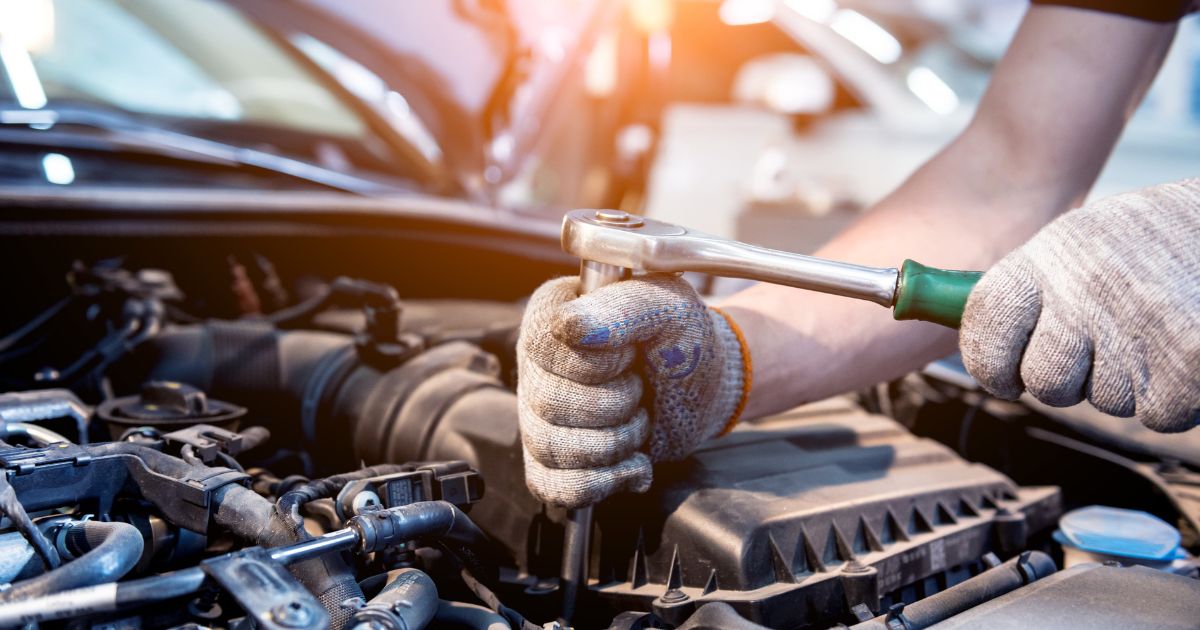
Influences of Geography on Vehicle Spending
The places we live and the regions we inhabit play pivotal roles in how much we spend on our vehicles. The distinction between urban versus rural settings and regional price variations significantly shapes our transportation expenditures.
Urban vs Rural
In urban areas, we often experience a higher cost of living, which influences vehicle spending. Not only do we contend with increased parking fees and tolls, but insurance rates in cities tend to be higher due to denser traffic and higher theft rates. Meanwhile, rural areas might afford us lower insurance costs, but they typically require us to travel longer distances on a daily basis, which leads to more frequent vehicle maintenance and higher fuel consumption.
Regional Price Variations
Regional price variations cause us to see a wide array of spending patterns across different areas of the country. For instance, residents of South Florida metro areas spend an average of 14.79% of their household income on transportation, which ranks high nationwide due to car dependency. Conversely, other regions might benefit from lower vehicle ownership costs or more accessible public transportation that can offset the reliance on personal cars.
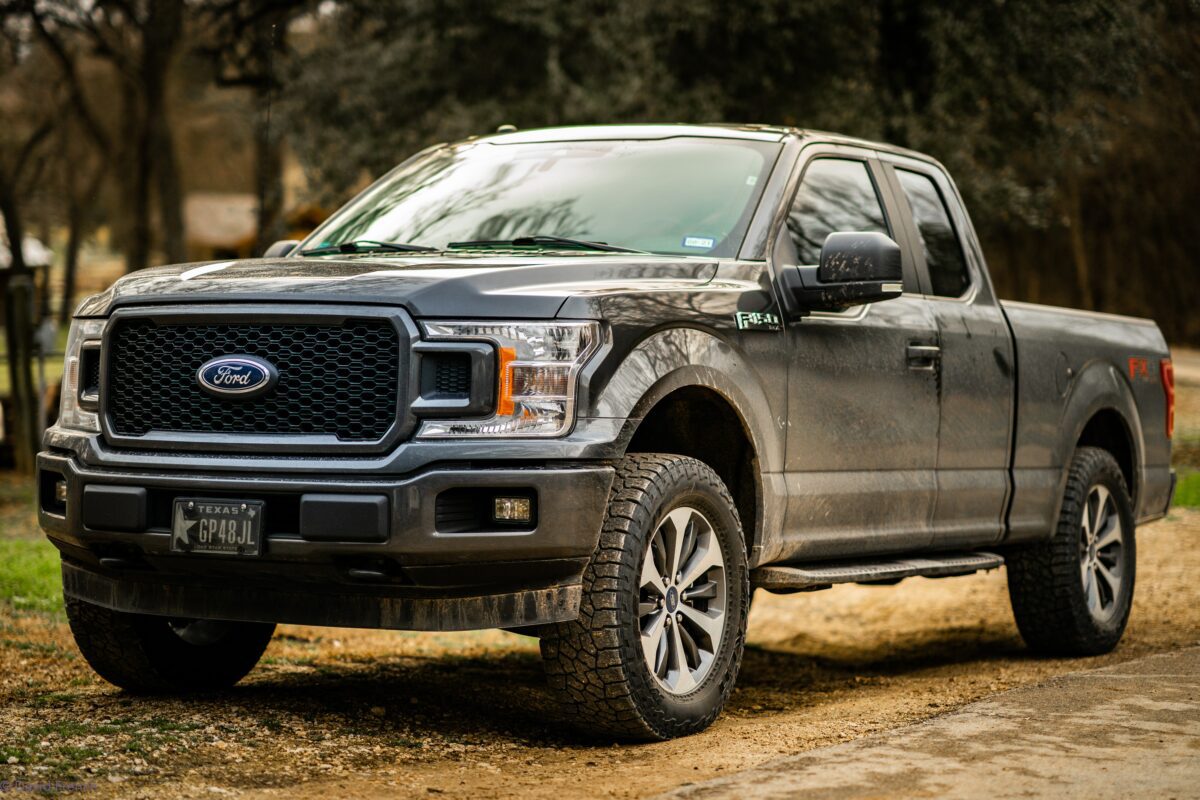
Market Trends and Future Projections
We’re witnessing an exciting transformation in the vehicle market, influenced heavily by economic variables and propelled by future-oriented predictions. Let’s explore how these factors shape our spending on vehicles today and what we might expect as we drive into the future.
Inflation and Economy
We’re keenly aware of how the economy sways vehicle spending habits. Current inflation trends suggest that the cost of vehicles is impacting our wallets more than ever. It’s not just the initial purchase; running costs are creeping up too. Despite this, the demand for cars remains resilient, a testament to their integral role in our daily lives.
Future Market Predictions
Forward-thinking projections indicate a surge in electric vehicle (EV) popularity. It’s thrilling to know that S&P Global Mobility estimates EV sales in the US could constitute 40% of total passenger car sales by 2030. This signals not just a shift in what we drive but also a substantial investment opportunity in the automotive sector, promising profound growth in our market expenditure on vehicles.

Environmental Policies and Their Economic Impact
We’re diving into how environmental policies are not just about protecting the planet—they also shape our economy, especially in the automotive sector. Let’s explore the fiscal side of going green!
Government Incentives
Tax Credits and Subsidies: We often get financial perks for eco-friendly choices! Many countries offer tax credits to individuals and companies when they purchase electric vehicles (EVs). These incentives lower the upfront cost and can make EV ownership more economically feasible. For example, in the U.S., consumers can benefit from a federal tax credit that reaches up to $7,500 for qualified EVs.
Infrastructure Investments: We also see economic growth when our government invests in EV infrastructure. This includes funding for charging stations which creates jobs and stimulates local economies.
Eco-Friendly Vehicle Initiatives
Sales Targets and Bans on Gasoline Cars: Ambitious targets are set by some of our governments to boost the sales of EVs, aiming for a more sustainable future. In some regions, we are even looking at future bans on the sale of new gasoline and diesel cars which can drastically shift market demand towards greener vehicles.
Research and Development: Injecting money into R&D allows us to leap forward in eco-friendly technologies. This not only makes EVs more efficient and cheaper over time but also fuels innovation and job creation within our industries.
Share the post "Here’s How Much Money People Spend on Vehicles: A Guide to Auto Spending Trends!"
Christian Linden is a seasoned writer and contributor at Texas View, specializing in topics that resonate with the Texan community. With over a decade of experience in journalism, Christian brings a wealth of knowledge in local politics, culture, and lifestyle. He holds a Bachelor's degree in Communications from the University of Texas. When he's not writing, Christian enjoys spending weekends traveling across Texas with his family, exploring everything from bustling cities to serene landscapes.











